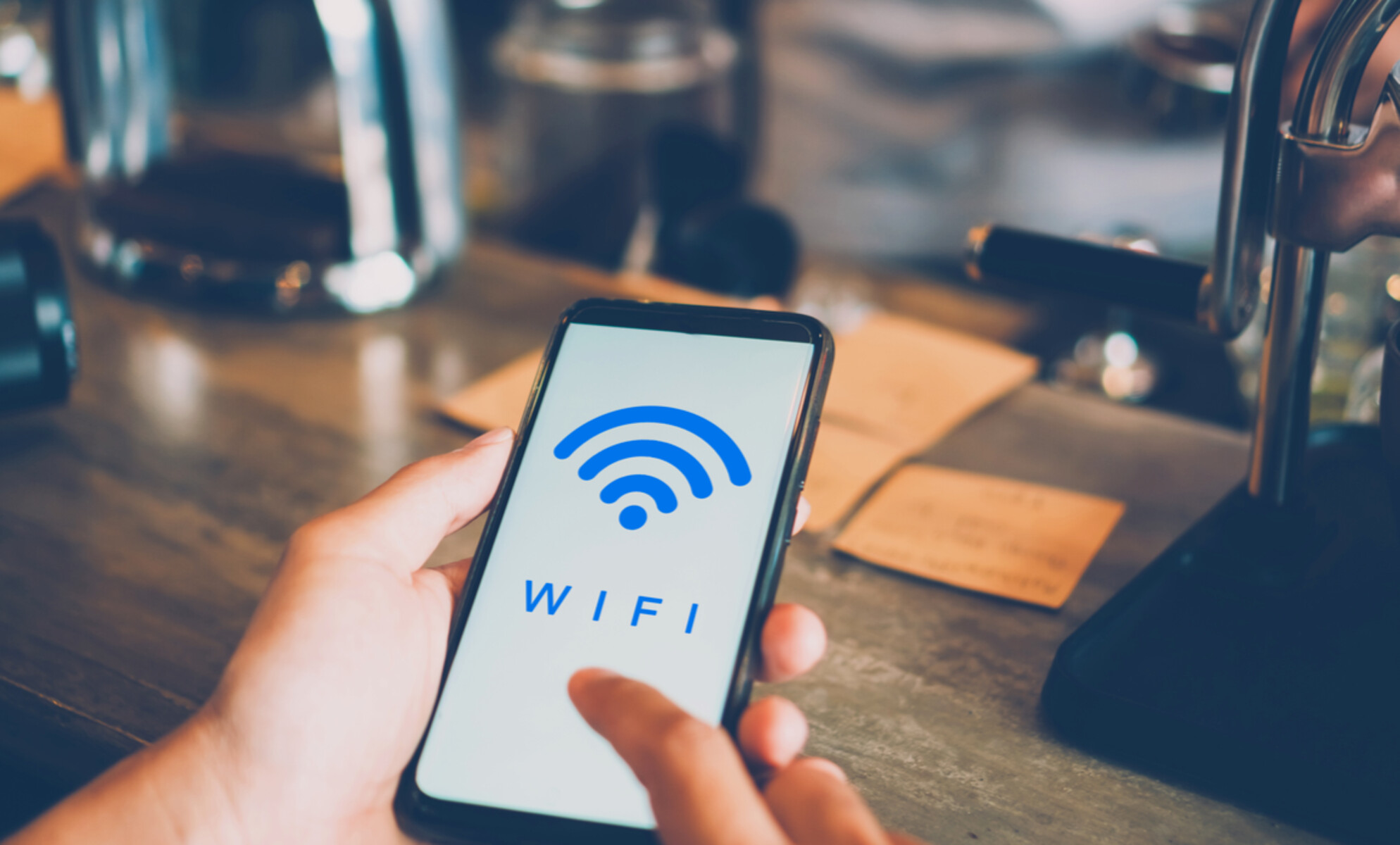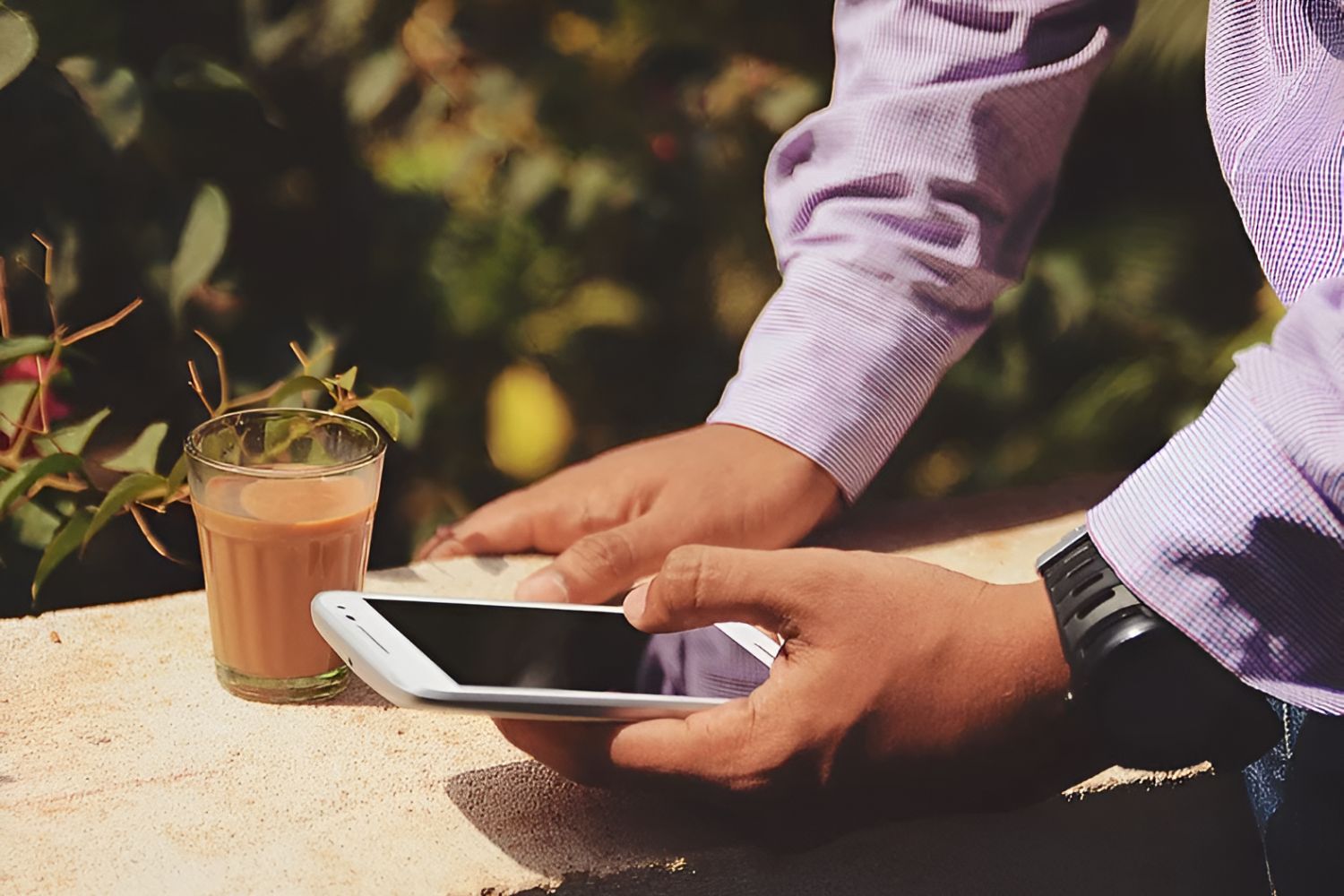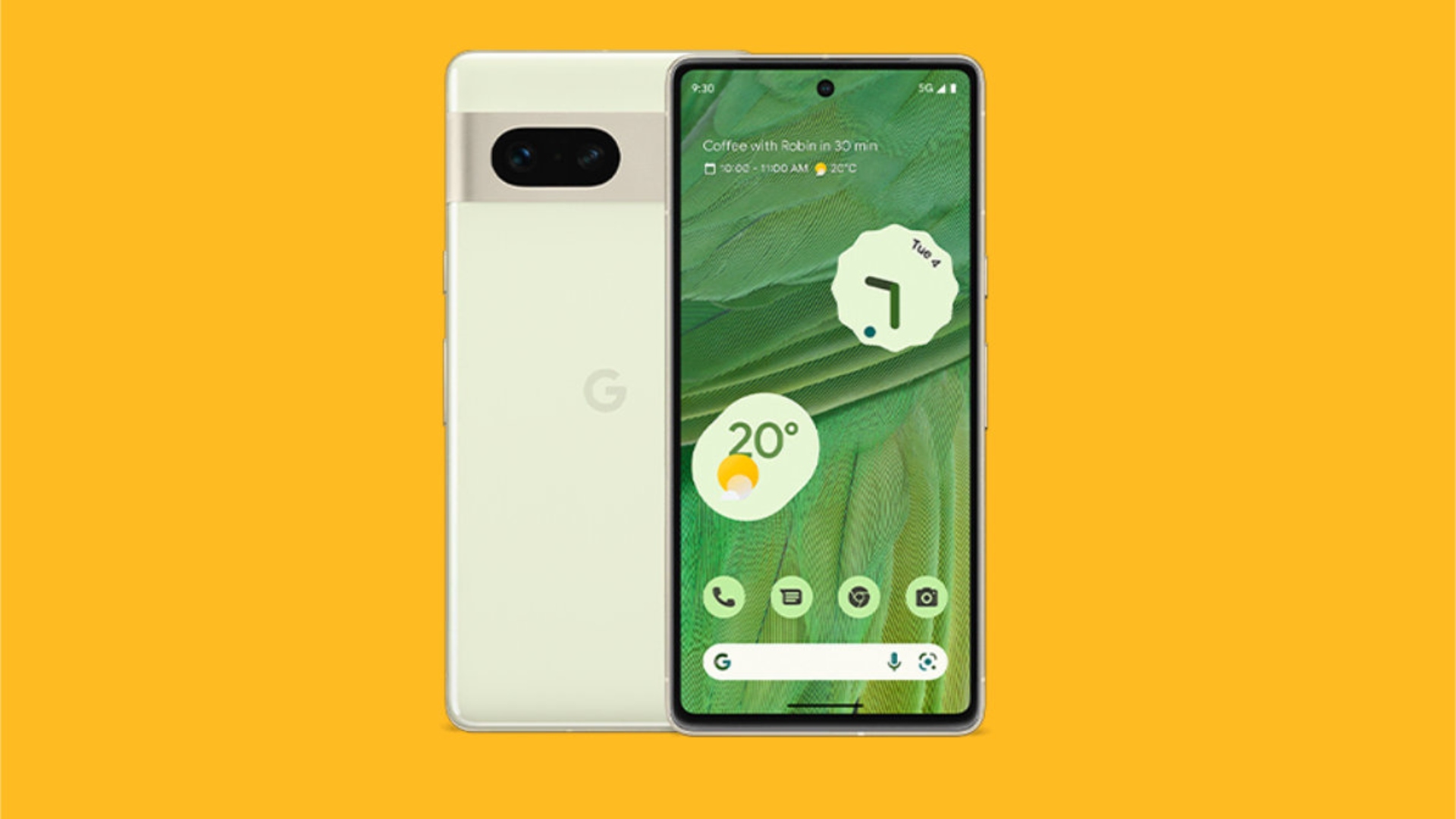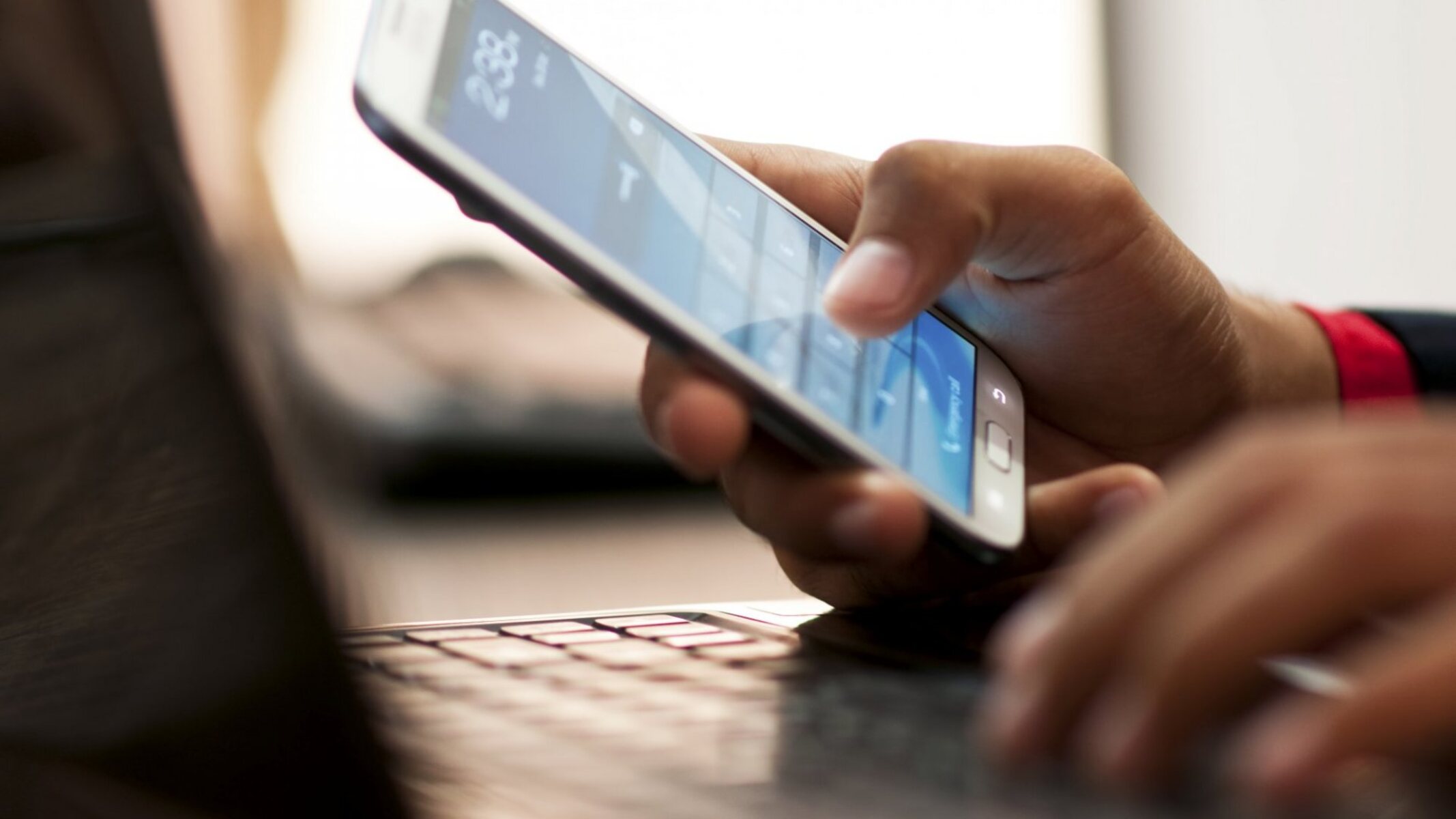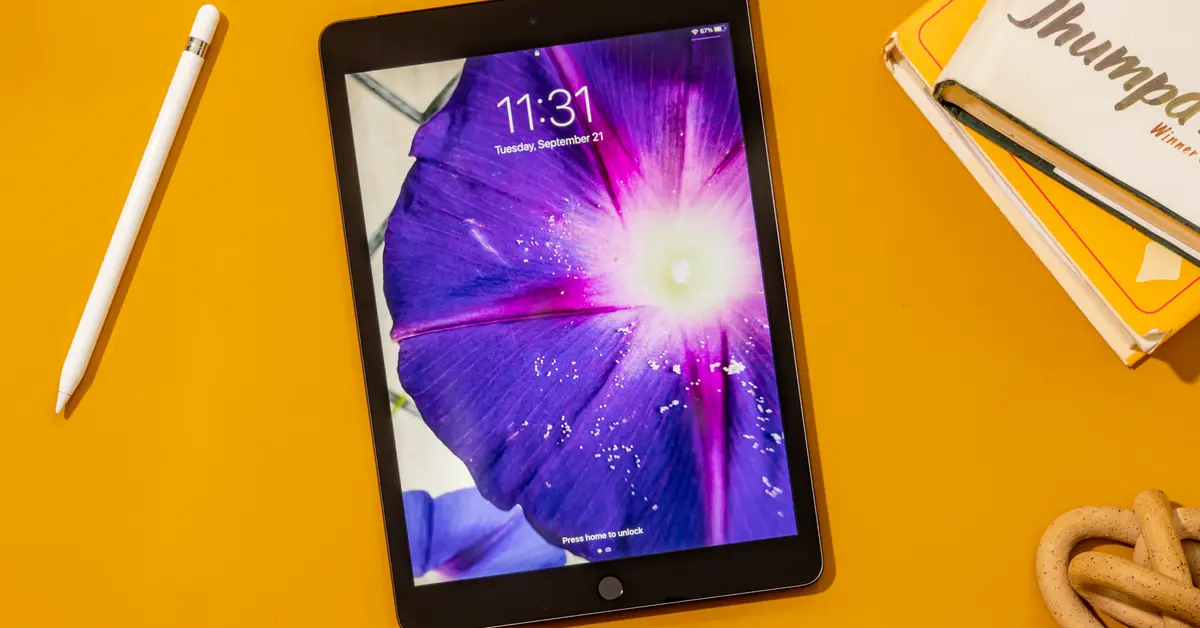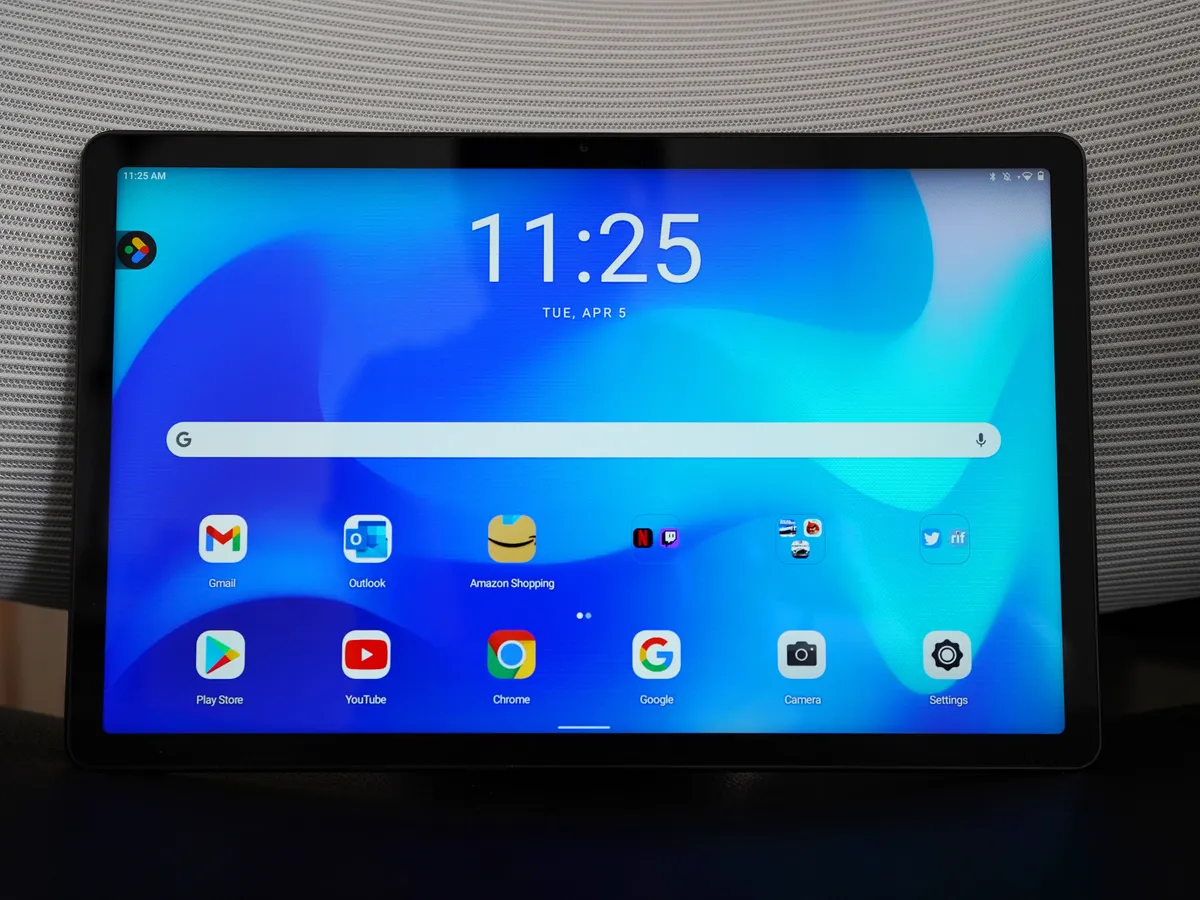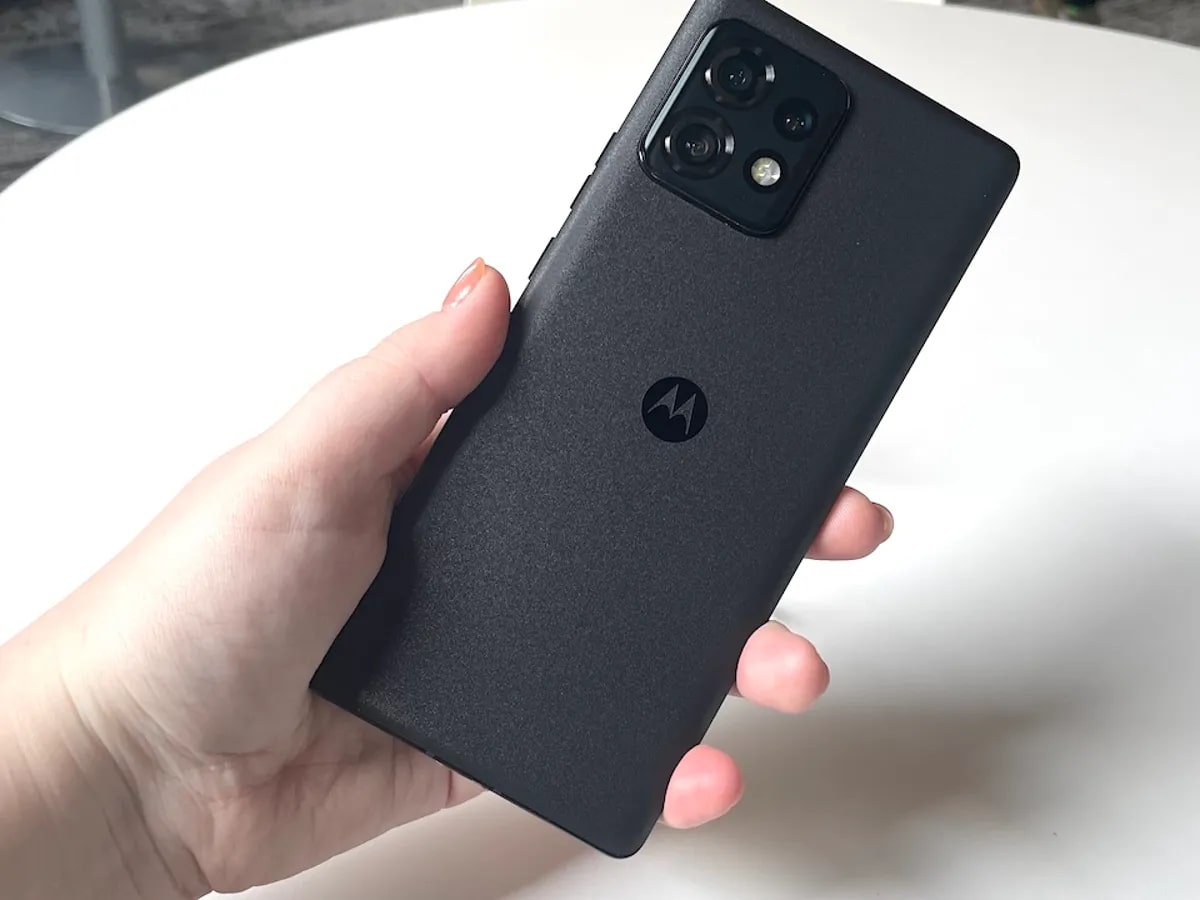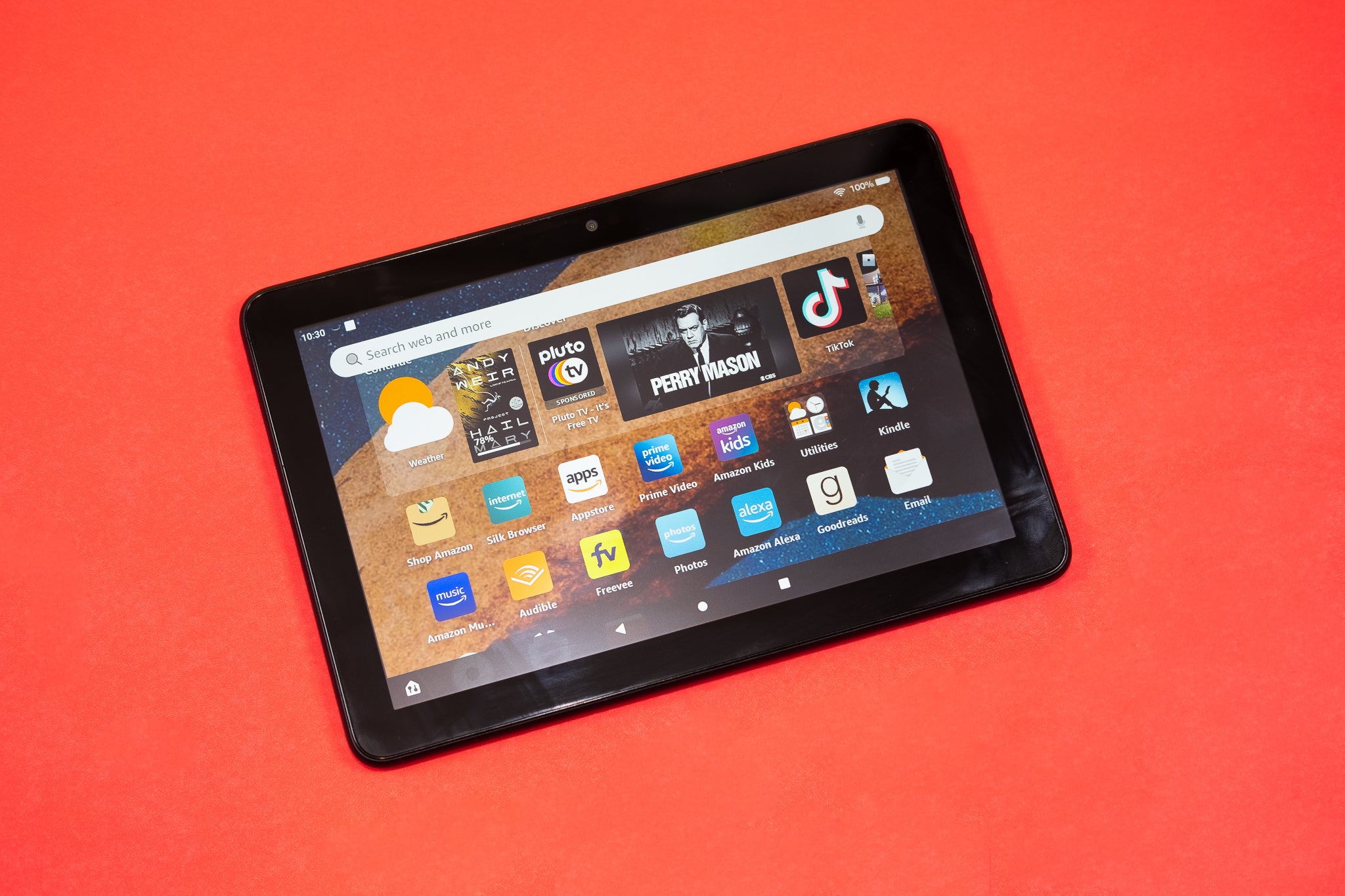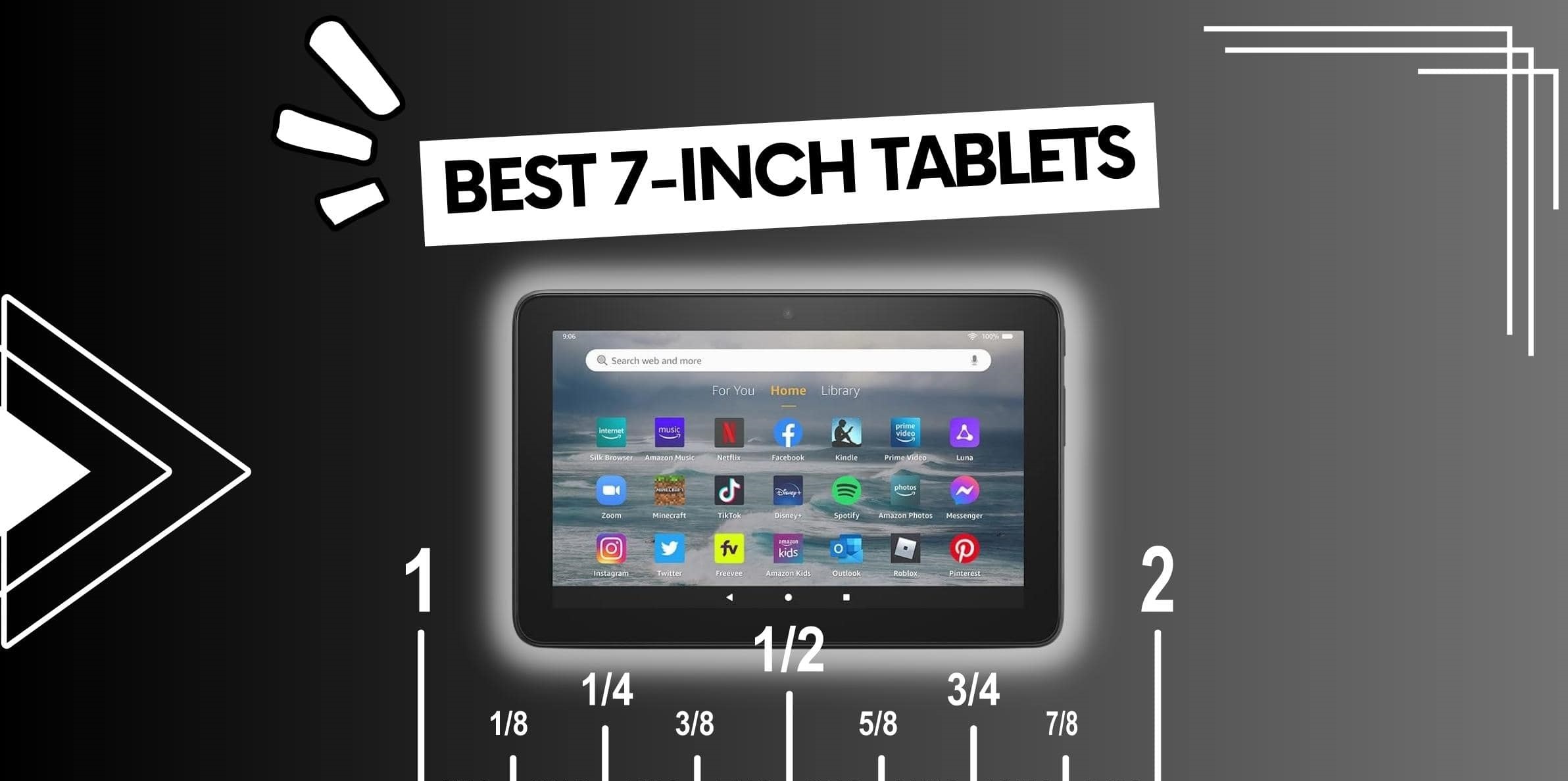Introduction
In today's fast-paced world, staying connected is more important than ever. Whether you're working remotely, attending virtual classes, or simply enjoying your favorite online content, having reliable internet access is a necessity. However, with the prevalence of data caps and limited data plans, it's crucial to understand how data usage is calculated and how to make the most of your allotted data.
One common scenario that many individuals encounter is using a 2GB hotspot for internet access. While this can be a convenient solution for staying connected on the go, it's essential to be mindful of your data usage to avoid exceeding your limit. In this comprehensive guide, we'll delve into the intricacies of 2GB hotspot data usage, providing valuable insights into how data is consumed and offering practical tips for managing your data effectively.
Understanding the nuances of data usage is the first step toward optimizing your hotspot experience. By gaining a deeper understanding of how different online activities impact data consumption, you'll be better equipped to make informed decisions about your internet usage. Whether you're streaming videos, browsing social media, or engaging in video calls, each online activity has its own data footprint. By unraveling these complexities, you can navigate your 2GB hotspot usage with confidence and efficiency.
Moreover, with the increasing reliance on mobile devices for internet access, knowing how to maximize your 2GB hotspot data becomes increasingly valuable. From prioritizing essential tasks to implementing data-saving techniques, there are numerous strategies that can help you make the most of your limited data allowance. By harnessing the power of knowledge and practical tips, you can ensure that your 2GB hotspot serves as a reliable and efficient tool for staying connected in today's digital landscape.
Understanding 2GB Hotspot Data
When it comes to using a 2GB hotspot for internet connectivity, it's essential to have a clear understanding of how data usage is calculated and what activities consume varying amounts of data. A 2GB data plan may seem limited, but with careful management, it can be sufficient for staying connected to essential online tasks.
Data Consumption Basics
First and foremost, it's important to comprehend the concept of data consumption. Data usage refers to the amount of digital information transmitted over the internet when engaging in activities such as browsing websites, streaming media, downloading files, and using online applications. Each of these activities contributes to the overall data usage, and being aware of their respective data footprints is crucial for efficient data management.
Data Usage Variability
Different online activities consume data at varying rates. For instance, streaming high-definition videos demands significantly more data compared to simple web browsing. Similarly, video calls and online gaming can be data-intensive activities, while sending emails and text-based browsing generally consume minimal data. Understanding these discrepancies is pivotal for gauging how your 2GB hotspot data is utilized across different tasks.
Real-Time Data Monitoring
To effectively manage a 2GB hotspot, real-time data monitoring tools can be invaluable. Many mobile devices and hotspot devices offer built-in data tracking features that allow users to monitor their data usage in real time. By staying informed about data consumption as it occurs, users can make timely adjustments to their online activities to avoid exceeding their data limit.
Data Rollover and Alerts
Some mobile carriers provide data rollover features, allowing unused data from previous periods to be carried over to the next billing cycle. Additionally, setting up data usage alerts can help users stay informed about their data consumption and receive notifications when approaching their data limit. These features empower users to proactively manage their data usage and prevent unexpected overage charges.
Data-Saving Techniques
Implementing data-saving techniques can significantly extend the longevity of a 2GB hotspot data plan. For example, adjusting video streaming quality, disabling automatic app updates, and utilizing Wi-Fi networks whenever possible are effective strategies for conserving data. By adopting these practices, users can make their data allowance last longer without sacrificing their online experience.
In essence, comprehending 2GB hotspot data involves recognizing the nuances of data consumption, leveraging real-time monitoring tools, and employing data-saving tactics to optimize data usage. With a clear understanding of these principles, users can make informed decisions about their online activities and ensure that their 2GB hotspot serves as a reliable and efficient tool for staying connected.
Calculating Data Usage for Different Activities
Understanding the data consumption associated with various online activities is pivotal for effectively managing a 2GB hotspot. By delving into the specifics of data usage for different tasks, users can gain insights into how their data allowance is utilized and make informed decisions about their online behavior.
Browsing the Web
Engaging in basic web browsing, such as reading articles and accessing text-based websites, typically consumes minimal data. Each web page visit may use around 1-2MB of data, depending on the content's complexity and multimedia elements. However, streaming media-rich web pages or opening multiple tabs simultaneously can incrementally increase data usage.
Streaming Video Content
Streaming high-definition (HD) video content is one of the most data-intensive activities. On average, streaming HD video can consume approximately 1GB of data per hour. Opting for standard definition (SD) or lower quality video streaming can significantly reduce data consumption, making it a prudent choice for individuals with limited data plans.
Video Calls and Conferencing
Participating in video calls and virtual meetings also contributes to data usage. A typical one-hour video call on platforms like Zoom or Skype can consume around 270MB to 600MB of data, depending on the video quality and the number of participants. Utilizing audio-only modes or lowering video resolutions can help conserve data during such interactions.
Social Media and Messaging
Browsing social media platforms and engaging in messaging apps generally entail moderate data usage. Viewing images, videos, and stories within social media applications incrementally adds to data consumption. Sending and receiving multimedia-rich messages can also contribute to data usage, albeit to a lesser extent compared to video streaming.
Online Gaming
Online gaming, particularly multiplayer games and those with high-quality graphics, can be data-intensive. The data consumption associated with gaming varies widely based on the game's genre, graphics, and online interaction. While some games may have minimal data requirements, others can consume several hundred megabytes per hour of gameplay.
Music Streaming
Listening to music through streaming services consumes relatively modest amounts of data compared to video streaming. On average, streaming music at standard quality utilizes approximately 40-70MB per hour, while higher quality audio streaming may result in increased data usage.
By grasping the data consumption dynamics of different online activities, users can make conscious choices to optimize their 2GB hotspot usage. Whether it involves adjusting video streaming settings, prioritizing essential tasks, or leveraging Wi-Fi connectivity, understanding the data implications of various activities empowers individuals to make the most of their limited data allowance.
Tips for Managing 2GB Hotspot Data Usage
Managing a 2GB hotspot data plan requires strategic and mindful utilization to ensure a seamless online experience without exceeding the data limit. By implementing the following tips, users can optimize their data usage and make the most of their limited data allowance.
-
Prioritize Essential Tasks: Identify and prioritize essential online activities to allocate data resources effectively. Tasks such as work-related activities, critical communications, and educational pursuits should take precedence, ensuring that data is allocated to the most important functions.
-
Leverage Wi-Fi Networks: Whenever possible, connect to Wi-Fi networks to offload data usage from the 2GB hotspot. Utilizing Wi-Fi at home, in public spaces, or at workplaces can significantly reduce reliance on the hotspot's data allowance, preserving it for on-the-go and essential usage.
-
Optimize Video Streaming Settings: Adjust video streaming settings to conserve data without compromising the viewing experience. Lowering the video quality, opting for standard definition (SD) over high definition (HD), and limiting video streaming to necessary content can substantially reduce data consumption during media playback.
-
Disable Automatic App Updates: Prevent automatic app updates on mobile devices to avoid unexpected data depletion. By disabling automatic updates and opting to manually update apps when connected to Wi-Fi, users can exercise greater control over their data usage.
-
Utilize Data-Saving Features: Many applications and devices offer data-saving features that compress data and minimize consumption. Enabling these features, particularly for web browsing and messaging apps, can lead to significant data savings without compromising functionality.
-
Monitor Data Usage Regularly: Stay vigilant about data usage by regularly monitoring consumption through built-in data tracking tools or mobile carrier apps. Real-time awareness of data usage empowers users to make timely adjustments and avoid exceeding their data limit.
-
Opt for Text-Based Communication: When feasible, prioritize text-based communication methods such as emails, instant messaging, and text-based social media interactions. These forms of communication generally consume minimal data compared to video calls and multimedia-rich content.
-
Implement Data Caps and Alerts: Set up data usage alerts and, if applicable, implement data caps through mobile carrier settings. These features provide proactive notifications and can automatically restrict data usage upon reaching predefined limits, preventing unexpected overage charges.
By incorporating these tips into their daily online routines, users can effectively manage their 2GB hotspot data usage, ensuring that their data allowance is utilized efficiently and sustainably. With a proactive approach to data management, individuals can navigate their online activities with confidence and peace of mind, knowing that they are optimizing their 2GB hotspot for maximum utility.
Conclusion
In conclusion, effectively managing a 2GB hotspot data plan hinges on a comprehensive understanding of data usage dynamics, coupled with strategic utilization and proactive data management practices. By unraveling the intricacies of 2GB hotspot data usage and calculating the data footprint of various online activities, users can make informed decisions to optimize their data allowance.
The journey of comprehending 2GB hotspot data begins with acknowledging the variability in data consumption across different online tasks. From web browsing and video streaming to video calls and online gaming, each activity contributes to data usage in distinct ways. By grasping the nuances of data consumption, individuals can tailor their online behavior to align with their data constraints, ensuring that their 2GB hotspot serves as a reliable and efficient tool for staying connected.
Furthermore, implementing practical tips for managing 2GB hotspot data usage can significantly enhance the sustainability of the data plan. Prioritizing essential tasks, leveraging Wi-Fi networks, optimizing video streaming settings, and monitoring data usage are among the key strategies that empower users to make the most of their limited data allowance. These proactive measures not only conserve data but also foster a seamless online experience, allowing individuals to navigate their digital endeavors with confidence and efficiency.
As the digital landscape continues to evolve, the significance of efficient data management becomes increasingly pronounced. Whether for remote work, virtual learning, or personal connectivity, the ability to harness 2GB hotspot data effectively is instrumental in ensuring uninterrupted access to essential online resources. By embracing a proactive and informed approach to data management, users can maximize the utility of their 2GB hotspot, transcending data limitations to stay connected with ease.
In essence, the journey of understanding and managing 2GB hotspot data usage is a testament to the power of knowledge and strategic utilization. By leveraging insights into data consumption, implementing data-saving techniques, and prioritizing essential tasks, individuals can navigate their digital pursuits with confidence, knowing that their 2GB hotspot is optimized for sustained connectivity and productivity.
Ultimately, the effective management of 2GB hotspot data usage rests on the fusion of awareness, adaptability, and proactive engagement, empowering users to unlock the full potential of their limited data allowance while staying seamlessly connected in today's digital realm.







